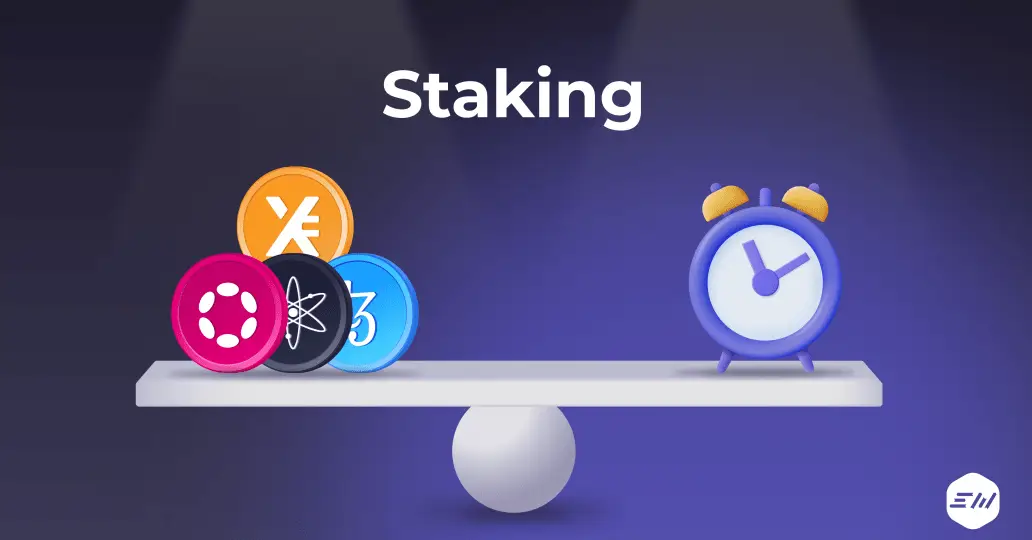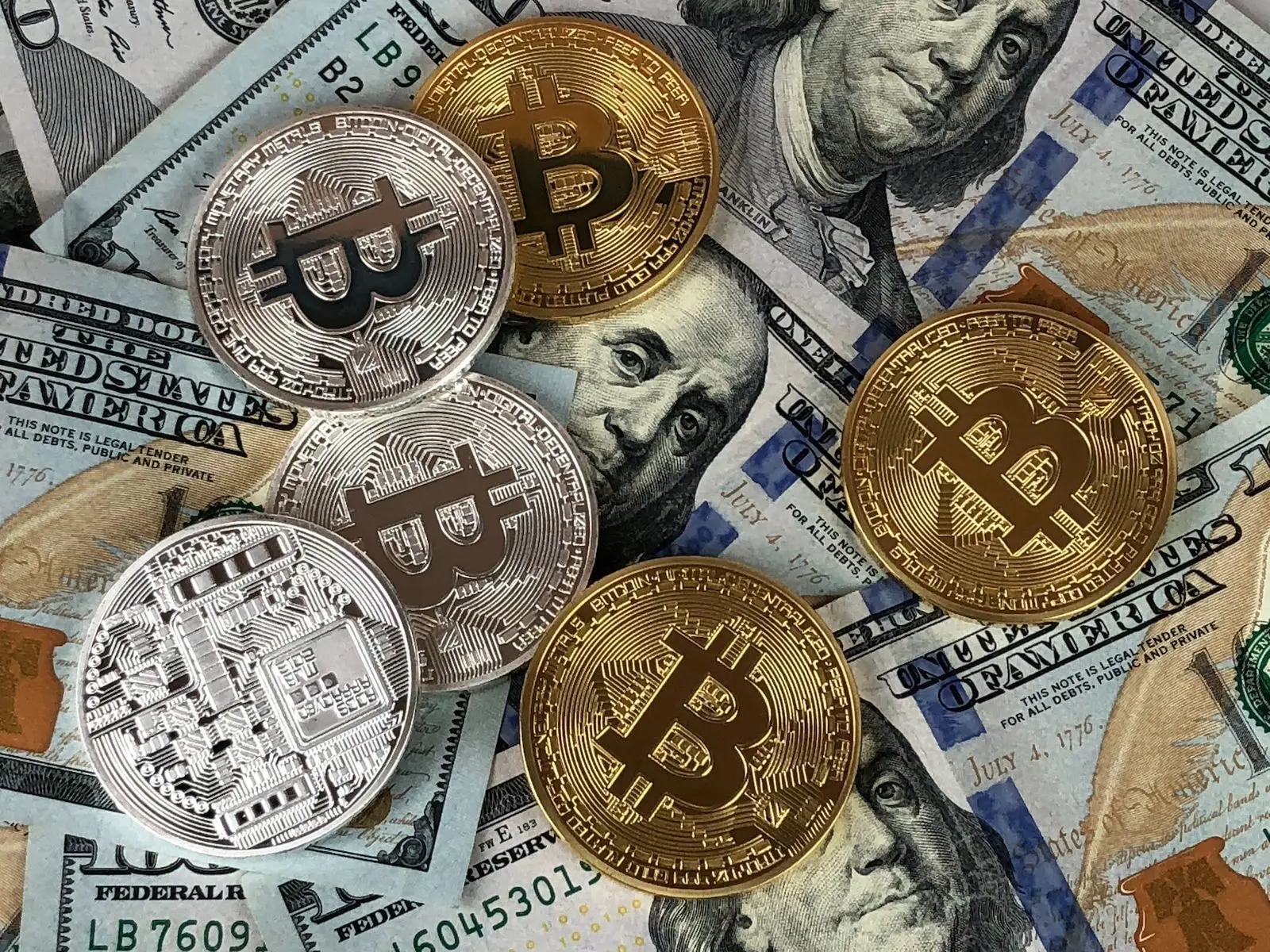The cryptocurrency market has definitively moved from the initial phase of euphoria to a phase of rational evaluation. Now, attention is focused on quantifiable technical indicators: liquidity, order volume, difference between purchase and sale prices, relationship with traditional currencies, and commercial activity. The most traded cryptocurrencies in 2025 determine market dynamics, influencing the decisions of both individual and institutional participants. This key segment includes not only established giants, but also promising assets whose value is based on transaction volume and stability.
BTC (Bitcoin): the flagship among the most traded cryptocurrencies
BTC continues to occupy the leading position. High trading volume, deep pools and constant interest from market makers have secured Bitcoin’s status as the number one instrument. BTC regularly tops the ranking of the most traded cryptocurrencies thanks to its instant reaction to market impulses, narrow spreads and active trading volume across all timeframes.
Metrics:
- Daily trading volume: $34.5 billion.
- Average volatility: 2.9%.
- Market capitalisation: $1.2 trillion.
- Pairs: BTC/USDT, BTC/FDUSD, BTC/EUR.
- Price change since the beginning of the year: +17.4%.
Bitcoin is used in futures, options and derivatives trading and remains the anchor of digital portfolios.
ETH (Ethereum): asset for trading on the second tier
 Ethereum has established itself among both technology enthusiasts and high-frequency traders. Its high performance, demand for the token in DeFi, and low decline in times of high volatility have made it the second most popular trading asset.
Ethereum has established itself among both technology enthusiasts and high-frequency traders. Its high performance, demand for the token in DeFi, and low decline in times of high volatility have made it the second most popular trading asset.

The most traded cryptocurrencies include ETH due to its fundamental importance and activity in tokenised systems. Characteristics:
- Capitalisation: $460 billion.
- Trading volume: $21.7 billion.
- Volatility: 3.5%.
- Average commission: $1.2.
- Liquidity level: high.
ETH is used in staking protocols, collateral strategies and decentralised exchange mechanisms.
USDT (Tether): stablecoin with maximum load
USDT serves as the basis for payments. Its peg to the dollar, high liquidity and broad support from exchanges have propelled this asset to the top in terms of number of pairs and transactions. The most traded cryptocurrencies cannot do without USDT, which acts as an anchor in arbitrage and cross-transactions.
Data:
- Daily volume: $53 billion.
- Volatility: less than 0.01%.
- Spot market share: 62%.
- Application: pairs with BTC, ETH, XRP, SOL, DOGE.
- Storage security: high level of multisig support.
Traders use Tether to enter, exit, and lock in profits in unstable market conditions.
USDC (USD Coin): a transparent alternative with a banking focus
USDC has strengthened its position among institutional clients thanks to open auditing and the backing of custodial banks. The most traded cryptocurrencies in 2025 include it as the main means of conversion on DEX and CEX. USDC shows stability even when market panic escalates.
Indicators:
- Trading volume: $12.8 billion.
- Volatility: 0.002%.
- Exchange support: over 200 platforms.
- Use: corporate payments, trading, hedging.
- DeFi participation: 60% of staking funds.
SOL (Solana): high-frequency model with instant transactions
Solana has positioned itself at the core of algorithmic strategies. Traders use the platform for arbitrage and building trading networks. SOL is optimal for short-term trading and microtransaction architecture.
Features:
- TPS (transactions per second): over 50,000.
- Trading volume: $9.6 billion.
- Average commission: less than $0.002.
- Volatility: 4.3%.
- Staking compatibility: active on 40% of nodes.
DOGE (Dogecoin): the memecoin among the most traded cryptocurrencies
Community energy and the memecoin model have made DOGE a regular feature on the lists of the most traded cryptocurrencies. High volatility and massive interest from retail traders generate stable trading volume.
Parameters:
- Trading volume: $3.1 billion.
- Volatility: 6.7%.
- Pairs: DOGE/USDT, DOGE/BTC, DOGE/ETH.
- Price: $0.093.
- Compatibility with trading platforms: 96% of all CEXs.
DOGE is actively used in short-term speculation and as a test currency for beginners.
XRP (XRP): banking choice and transactional efficiency
XRP shows stable liquidity and high processing speed. Exchanges include this asset among the top traded cryptocurrencies due to its instant execution and application in institutional transfers. XRP maintains interest thanks to its high efficiency, even under pressure from regulators.
Parameters:
- Transaction time: up to 5 seconds.
- Trading volume: $6.8 billion.
- Volatility: 2.4%.
- Capitalisation: $37 billion.
- Participation in cross-currency transactions: more than 50 countries.
PEPE: a meme token with real volume
Newcomer PEPE demonstrates how a community token can guarantee high trading volume. Massive participation, rapid price changes, and popularity among NFT holders have ensured growth.

PEPE metrics:
- Volume: 1.4 billion dollars.
- Volatility: 9.1%.
- Holders: over 950,000.
- Support: most DEXs + Binance.
- Average daily transaction: 320,000 tokens.
Its high activity makes PEPE a speculative but important player in the trading landscape.
FDUSD (First Digital USD): a new generation stablecoin
FDUSD has attracted attention for its legal transparency and rapid integration into the trading infrastructure. Platforms include it in pairs with the most liquid cryptocurrencies, which has provided the asset with stable growth and volume.
FDUSD characteristics:
- Volume: $1.2 billion.
- Pairs: BTC/FDUSD, ETH/FDUSD, DOGE/FDUSD.
- Application: arbitrage, settlement, order insurance.
- Volatility: 0.0008%.
- Transparency level: high.
FDUSD has become an alternative to USDT in institutional links.
DAI: algorithmic stability on a decentralised basis
DAI maintains its position thanks to its flexibility and independence. The MakerDAO protocol guarantees stability and adaptability. The most traded cryptocurrencies include DAI as a stable instrument in pairs with variable volatility.
Indicators:
- Capitalisation: $8.1 billion.
- Trading volume: $1.3 billion.
- Volatility: 0.004%.
- Use: DeFi, loans, derivatives.
- Collateral: ETH, WBTC, USDC.
Most traded cryptocurrencies: conclusions
 Focusing on the most traded cryptocurrencies increases the chances of a trading strategy being effective. An asset with high trading volume, low spread, and stable volatility allows you to manage risks, reduce commission costs, and react quickly to market impulses. Each instrument on the list has specific trading characteristics: from algorithmic speed to legal transparency, from the meme effect to banking depth. Success in trading does not begin with the trend, but with the precise choice of a liquid asset.
Focusing on the most traded cryptocurrencies increases the chances of a trading strategy being effective. An asset with high trading volume, low spread, and stable volatility allows you to manage risks, reduce commission costs, and react quickly to market impulses. Each instrument on the list has specific trading characteristics: from algorithmic speed to legal transparency, from the meme effect to banking depth. Success in trading does not begin with the trend, but with the precise choice of a liquid asset.
 en
en  de
de  ar
ar  es
es  hi
hi  fr
fr  nl
nl  it
it  pt
pt  el
el 



